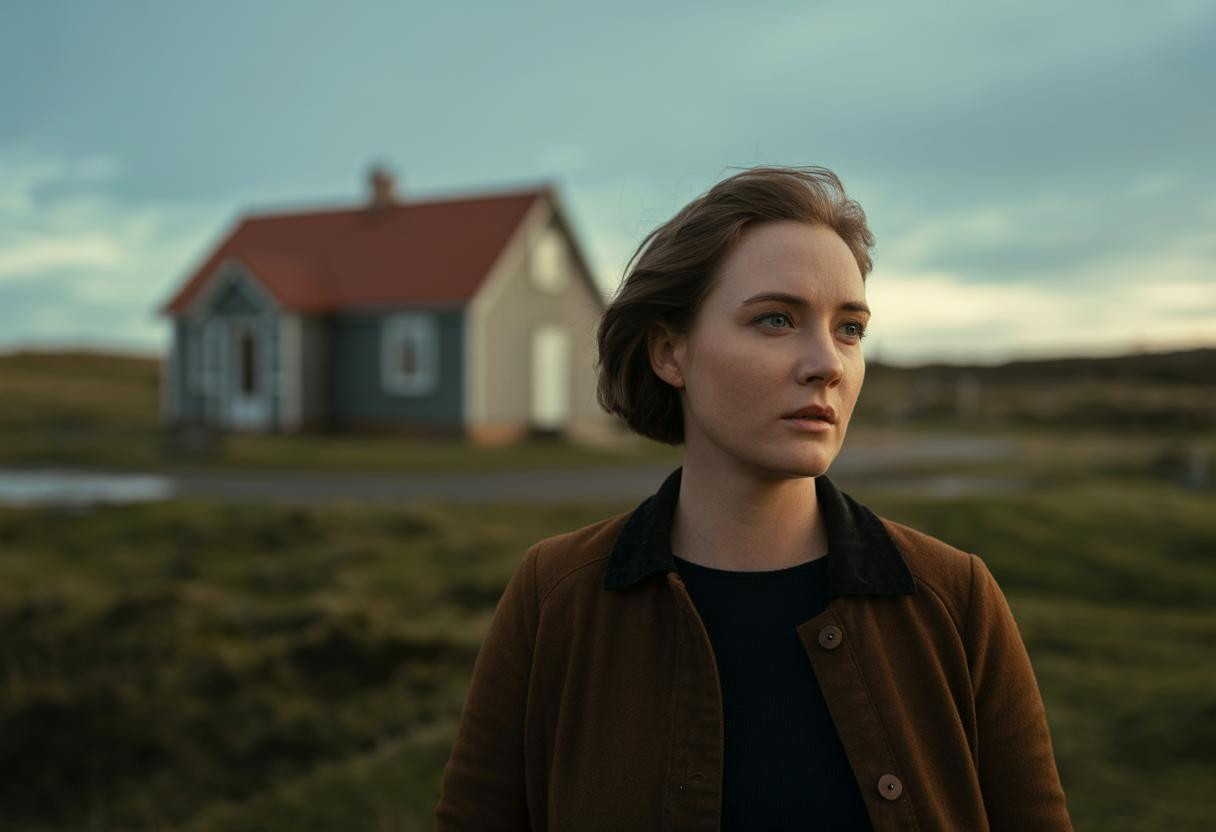Meet Hibberts Gore, Maine—a place so small it makes your hometown look like Manhattan. With exactly one resident living across 0.752 square miles, this unincorporated territory represents America’s most extreme example of voluntary isolation. While most communities struggle with population decline, Hibberts Gore has maintained its population of one for over two decades, creating a fascinating case study in how humans adapt to complete solitude in our hyperconnected world.
The reality of America’s smallest community
Unlike typical small towns with dwindling populations, Hibberts Gore exists as an unorganized territory under Maine’s legislative oversight. The sole resident, Karen Keller, moved there following her divorce, seeking the ultimate privacy that only complete isolation can provide. Her story challenges our assumptions about community needs and human connection.
What makes this situation particularly remarkable is the legal and economic framework supporting such extreme isolation. The territory operates without municipal infrastructure, relying entirely on state-managed services for everything from emergency response to road maintenance.
Hidden costs that reveal infrastructure truths
The economics of serving one person
Consider this: if road maintenance for a 10-mile stretch costs $50,000 annually, Hibberts Gore’s per-capita infrastructure cost reaches $50,000 per resident—compared to roughly $50 per resident in a town of 1,000 people. This extreme example illuminates how financial sustainability challenges facing small communities compound exponentially as populations shrink.
Emergency services present even starker realities. A single EMS call mobilizes regional resources at costs equivalent to serving hundreds in typical communities, yet these services remain legally mandated regardless of population size.
The privacy paradox of modern isolation
Ironically, Hibberts Gore’s uniqueness attracts the very attention its resident seeks to avoid. Media fascination with the “one-person town” creates an unexpected burden, where geographic anonymity becomes impossible due to public curiosity. This mirrors broader concerns about how privacy concerns in modern isolated communities evolve in our digital age.
Lessons from extreme community models
Comparing Hibberts Gore with Monowi, Nebraska—another one-person town—reveals crucial differences in sustainability approaches. Monowi’s incorporated status allows for local governance and tourism revenue through its famous bar and post office, while Hibberts Gore remains entirely dependent on external subsidies.
This contrast suggests that successful micro-communities require either complete state support or innovative revenue generation. The psychological resilience required for such isolation also raises questions about aging in place, particularly regarding emergency response challenges for aging residents in remote areas.
What Hibberts Gore teaches about human adaptation
Perhaps most surprisingly, this extreme case demonstrates that humans can thrive in complete geographical isolation when the choice is voluntary and personal circumstances align. Karen Keller’s decision represents a radical response to life changes that many people face, suggesting alternative approaches to rebuilding after major transitions.
The stability of Hibberts Gore’s population—remaining at one since 2000—indicates that extreme isolation can be sustainable when supported by appropriate legal and economic frameworks, even if those frameworks seem economically inefficient by traditional measures.
The bigger picture beyond one person
Hibberts Gore isn’t a replicable model for addressing rural depopulation, but it illuminates important questions about how we define and support community in America. Its existence challenges assumptions about minimum viable population sizes and the true costs of maintaining democratic governance across diverse geographic realities.
This remarkable territory proves that sometimes the most extreme examples reveal fundamental truths about human adaptability, the true cost of services we take for granted, and the lengths people will go to find the life they truly want.
